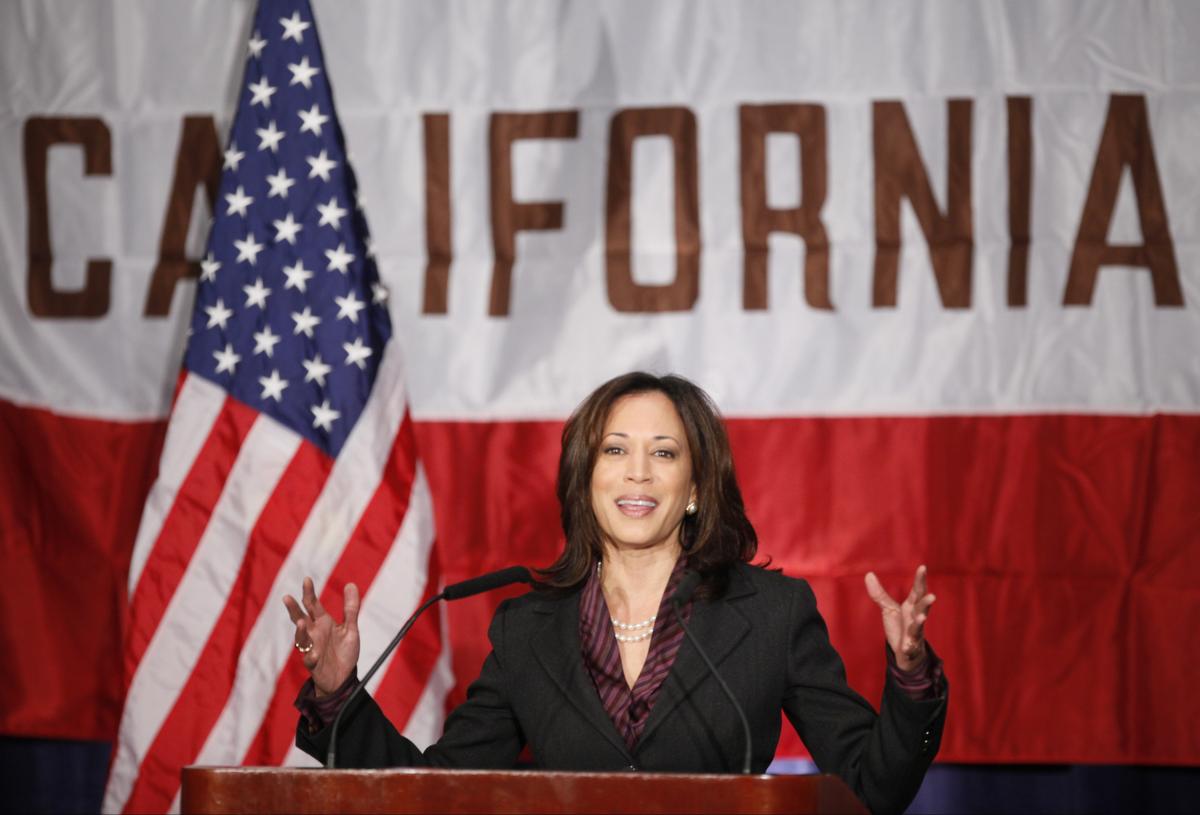EMPOWERMENT: The 2016 Election brings a record number of women into the United States Senate and other government positions.
By Claudia Smith, Staff Writer
Women have been kept out of power for centuries; in the United States, the tide is beginning to turn. Although women were only granted the right to vote less than a century ago, the nation has been moving forward. Wage equality, the right to own property, the right to maternity leave and powerful governmental positions have allowed women to adopt unprecedented roles in modern society.
In November 2016, many were hoping to see the ultimate metaphorical “glass ceiling”— the intangible barrier within a hierarchy that prevents women or minorities from obtaining upper-level positions— break with the election of the first female president of the United States. However, this did not happen as President-Elect Donald Trump won the race to the Oval Office. Even though Hillary Clinton did not win the election, she won the popular vote; that says something about the nation’s hunger for change.
Although a female president was not elected, some developments were made in the Senate, especially for women of color. Four women of minorities were elected to the Senate, making a record number that may seem overwhelmingly low, but is a step in the right direction. These women include: Kamala Harris (the first Indian-American woman representing California), Tammy Duckworth (the first Thai-American woman representing Illinois), Catherine Cortez Masto (the first Latina woman representing Nevada) and returning Senator Mazie Hirino (the first Asian-American woman representing Hawaii).
In addition to these women elected to the Senate, more women of color were elected for positions in the House of Representatives. Ilhan Omar was the first Somali-American woman to be elected to represent Minnesota in the House. Pramila Jayapal, the first Indian American woman to be elected to the House, was chosen to serve the 7th Congressional District in Washington.
Currently, there are 20 women serving in the United States Senate— one of whom (Mazie Hirino) is of color. In the 115th Congress, there will be 21 women. If this number seems alarmingly low, that’s because it is. According to the 2015 U.S. Census, women make up 50.8% of the American population, and minority women make up 35.3% of women in the United States.
So where is this discrepancy coming from? Why are women underrepresented in government as they are in population? According to “Men Rule: The Continued Underrepresentation of Women in U.S. Politics,” Jennifer J. Lawless, an American University professor, and Richard J. Fox, a Loyola Marymount University professor, it is not because people are unwilling to vote for female candidates; it is quite the opposite. Women are just not as willing to run for office. Gender bias plays a large role in this unwillingness. The study suggests that “women are substantially more likely than men to perceive the electoral environment as highly competitive and biased against female candidates” and “much less likely than men to think they are qualified to run for office.”
Gender politics play a large role in underrepresentation, and this affects everyone – especially the lives of developing young women. Racial and gender representation can provide faces to look up to, which reinforces positive associations of powerful women in the media. Aneesa Ansari (11) feels that having women of color in the government as role models is essential. “Diversity is important,” Ansari said. “Representing people of color makes the world see the importance of it and become more understanding of it.”
As the 2016 election demonstrates, the United States is moving toward a more female, diverse government. While the current Senate is 94% white and 80% male, these demographics will change as the new senators move into office. Emily Harold (11) feels frustrated yet hopeful for the future. “Our government and whole political system is dominated by males, so it is important to have females in government to represent all women. The women’s rights movement has moved in a positive direction, but there are always more things that women can do to strive for equal rights,” Harold said.
Diversity in government is expanding, but women and minorities still have a long way to go before the U.S. achieves a truly representative government. The recent election is a step in the right direction, but the nation must take many more steps to truly become a nation “of the people.”

